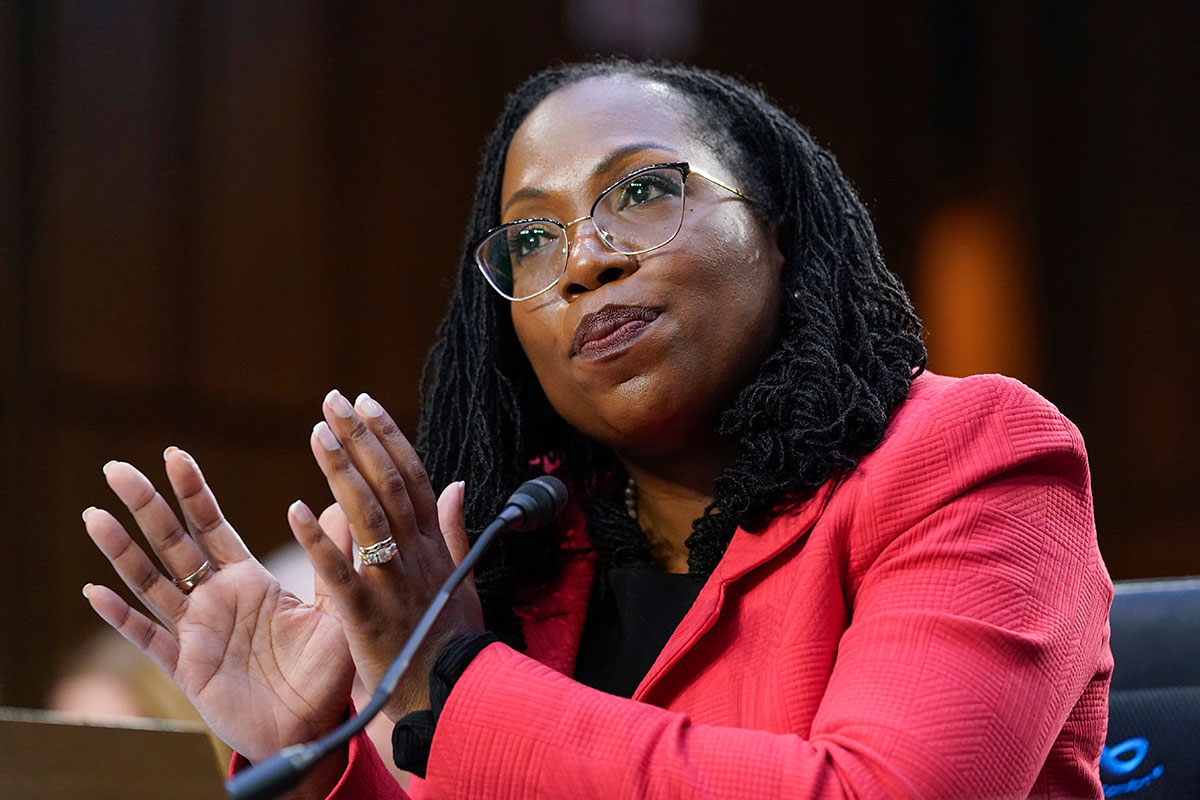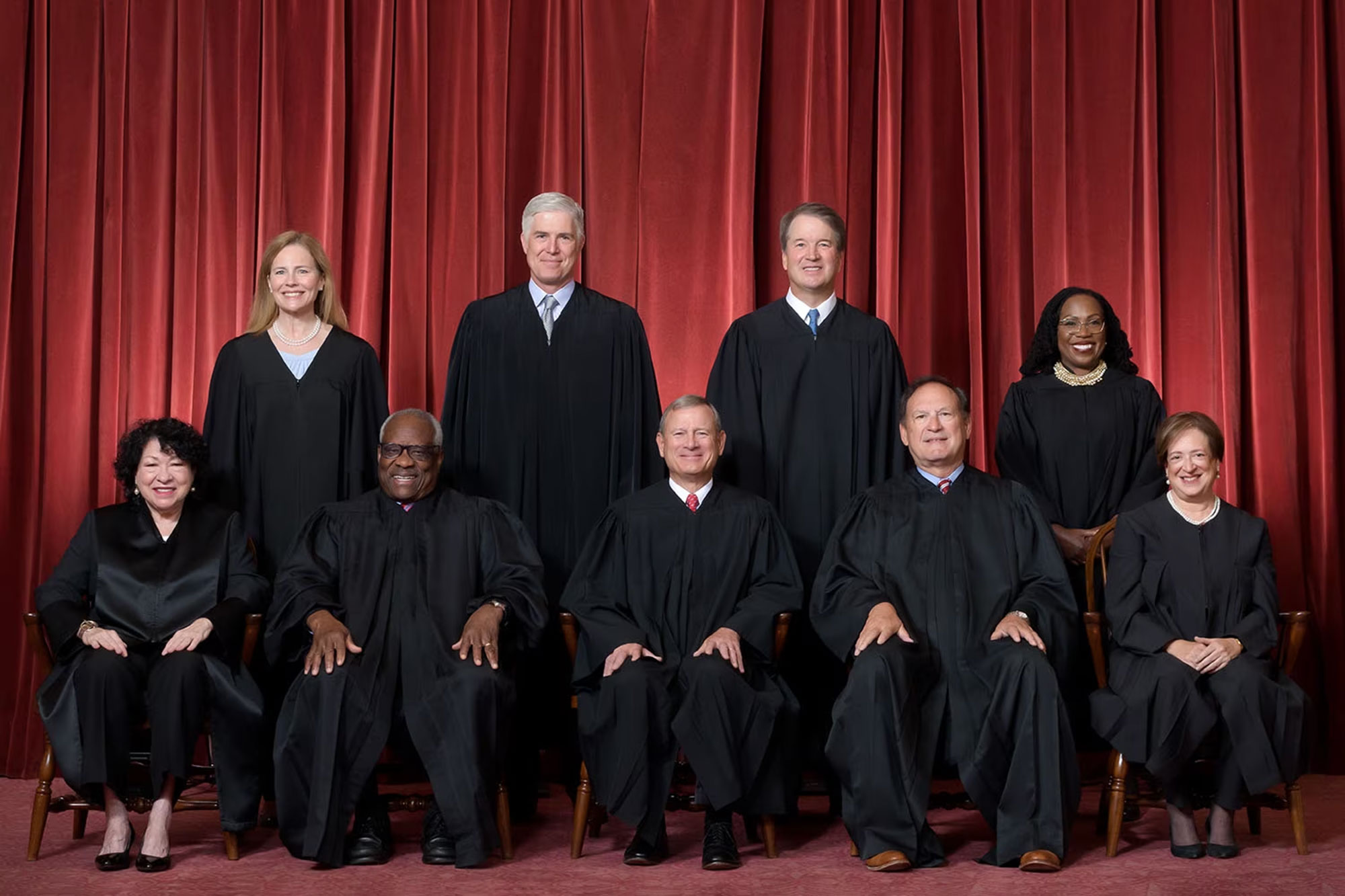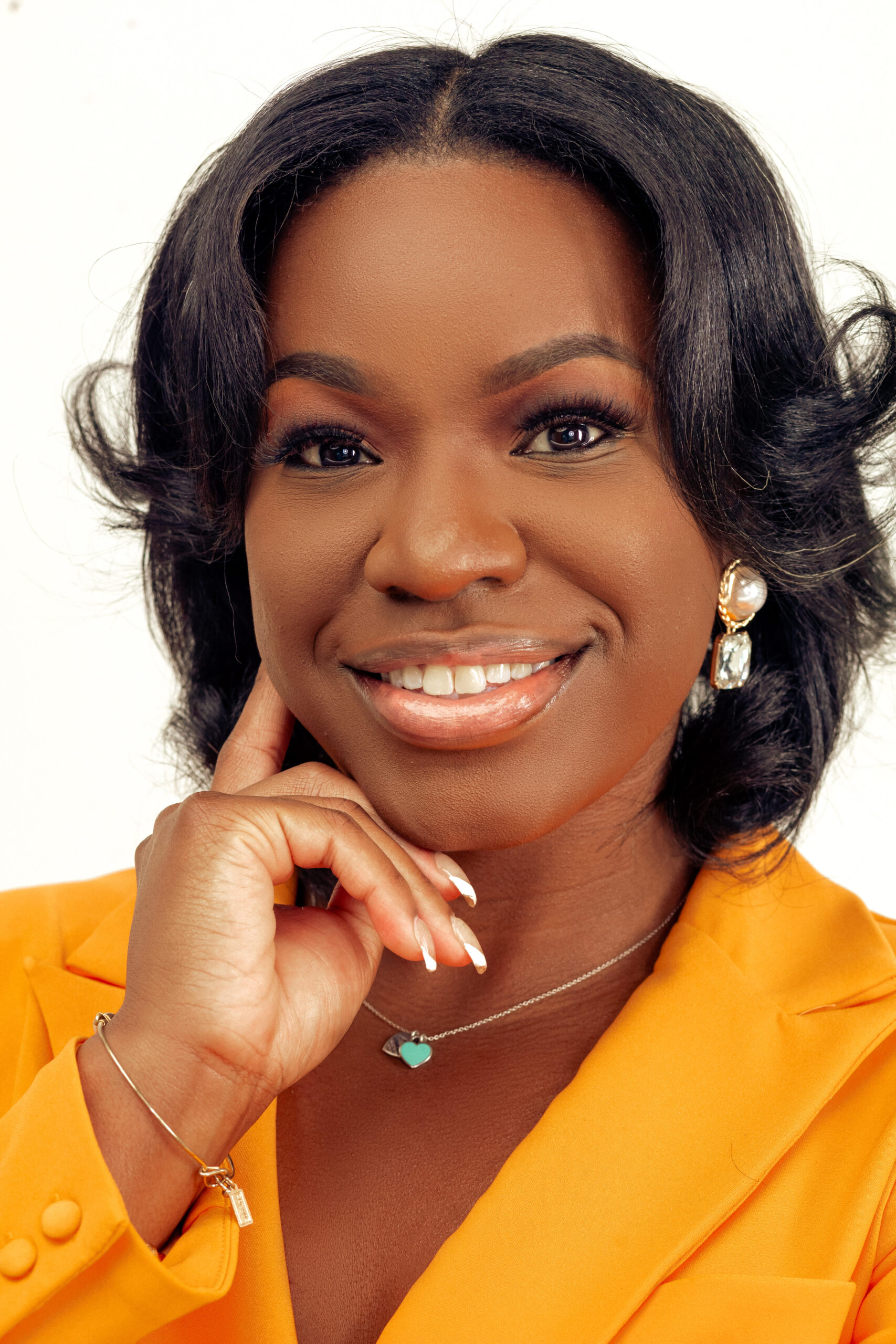With diversity, equity and inclusion under attack in the United States, the U.S. Supreme Court dissented affirmative action with a 6-3 vote on June 29, 2023. The court’s majority argued that race can no longer be a specific deciding factor for college admission.
This decision unraveled legal precedent that benefited Black and Brown students for decades. Minority members of the court, including newly appointed Judge Kentanji Brown Jackson, stood firmly on the idea that race has impacted and will continue to impact the lives of the American people, including college students. The vision that the majority has for removing race will not eradicate racism or discrimination in institutions of higher learning or elsewhere.

The Supreme Court’s decision against affirmative action will significantly impact college students in the United States for years to come. The impact can be viewed through the lens of three key areas: college choice, professional school acceptance and career trajectory.
College Choice
Hossler and Gallagher developed a theoretical framework in 1987 that addresses the three phases that students encounter when deciding to attend college: predisposition, search and choice. With affirmative action eliminated, degree seekers will explore the phases of “search” and “choice” quite differently in years to come. In the latter two phases, students gather more information about institutions like degree programs, campus life and demographics. Similar to job interviews, students are surveying institutions as possible good fits to further their education. Institutional policies and programs that negatively target minority students can serve as deterrents and may significantly impact minority student enrollment at colleges and universities nationwide. The news surrounding affirmative action will likely signal students to survey institutions more intensely before committing to attend.
The college choice process will be significantly interesting for high school students seeking college admission into undergraduate programs. Inequities in public K-12 systems disproportionately impact Black and Brown students whose race, resilience and cultural exposure often shape their lived experiences.These students typically do not have access to the luxuries of private tutors or costly extracurriculars that can make their applications stand out. To outlaw college admission based on race is to argue that the experiences of students in this country are absent of color, and that is completely untrue.
Professional School Acceptance
For students seeking to further their education via professional school, the dissent of affirmative action may be of particular concern. Aspiring medical, legal and business professionals compete for limited spots at these institutions that are almost always predominately white institutions. In 2022, 12 law schools in the U.S. reported acceptance rates of less than 15% of the applicant pool, indicating a highly competitive admissions process. Prior to June 29, 2023, it could be argued that these institutions would accept a percentage of Black and Brown students to ensure diverse cohorts, and thus a diverse workforce, but now that idea may be a thing of the past.
Limiting spaces for diversity in careers that gravely impact the lives of the American people can be a detriment for college-goers. With increased reports of racial bias and healthcare disparities, this raises concern for the medical field and students pursuing careers in healthcare. According to the Association of American Medical Colleges, there are 156 accredited medical schools in the United States, with less than 3% of those institutions being Historically Black Colleges and Universities.
Although HBCUs account for a small percentage of medical colleges in the United States, the number of Black or African American first-year medical students increased by 10.5%. However, the number of minority medical students is still significantly low. Not only does this indicate a need for more Black doctors, but it also identifies the desire for Black doctors to enter the medical profession. Where will aspiring medical professionals receive their training if disparities in acceptance prevail?
Career Trajectory
Students seeking to become nurses, doctors, pharmacists, engineers and lawyers, among other professional careers, may have a different outlook on their future career plans, given the possible impact of the dissent of affirmative action. If denied acceptance into professional school based on admission limitations, the journey to the workforce may be slower or more costly than anticipated. With admission policies in limbo, students may have to broaden their search for professional school homes, which means incorporating the cost of relocation or being distant from possible support. This reiterates the theory of college choice and how policy can impact how students interact with higher education altogether.

Equity is obviously an issue in college admission processes, which is in part why HBCUs and Minority Serving Institutions were created. These institutions focus their efforts on providing quality educational experiences for minority students so that they are equipped to enter professional school or the workforce upon degree completion. Organizations like United Negro College Fund, American Indian College Fund, and the Thurgood Marshall College Fund work to level the playing field and eliminate financial disparities for minority students to make obtaining college degrees more attainable, thus putting students on track to enter the career world.
The college admission decision has a direct impact on career trajectory, so what this country will see in the years to come is how the dissent of affirmative action will influence the workforce. The workforce should reflect the makeup of the American people. If not a “melting pot,” then what will it be?
For Colleges and Universities
The Supreme Court’s decision is a call to action for institutions across this nation. Students are watching. If your tagline has been your value for diversity, equity and inclusion, students are expecting to see it. If your goal is to build partnerships in underserved communities, the effort should be obvious. Jeff Selingo shares methods for institutions to make the college admissions process more equitable.
Colleges and universities will need to rethink recruitment, engagement and retention strategies if they are serious about diversifying their student bodies to be more representative of the “melting pot” that is America.
This MFP Voices essay does not necessarily represent the views of the Mississippi Free Press, its staff or board members. To submit an opinion for the MFP Voices section, send up to 1,200 words and sources fact-checking the included information to azia@mississippifreepress.org. We welcome a wide variety of viewpoints.






